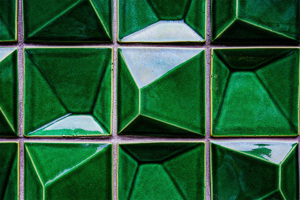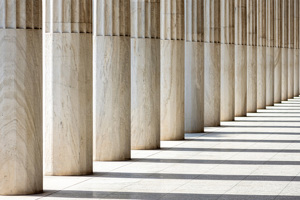Family law in Switzerland: How to protect your finances following a separation
Marriage is a contract easily concluded. However, putting an end to it may turn out more complicated and lengthy than you may think.
Where spouses jointly request a divorce and lodge a comprehensive agreement on the consequences of the divorce in Switzerland, the Court will usually approve the agreement and render a divorce judgment promptly. The proceedings will take approximately 4 to 6 months.
If spouses jointly request a divorce and do not have an agreement on the consequences of the divorce, or only have a partial agreement, the consequences of the divorce will be decided by the Court after it has been instructed on the case. Where there are disputes over the custody of children and visitation rights, or in cases of disputes concerning assets abroad, such instruction may take up to 2 years or more.
If one spouse does not agree to the divorce, Swiss law imposes a two-year period of living apart before one of the spouses may petition for divorce. The two-year period applies irrespective of whether the marriage lasted for 2 months or 40 years+.
During this two-year period, any dispute arising from the separation may be dealt by a judicial procedure known as “Protective Measures of the Marital Union”. As indicated by its name, this procedure has as objective of resolving the disputes between parties where the marriage has not yet irretrievably broken down and there is still a chance for reconciliation. The Court frequently makes interim decisions about custody, visitation rights, maintenance allowance for the spouse and the children as well as accommodation.
This procedure is, however, used more of as a strategy than as a necessity. In practice, it is very rare that spouses litigating for protective measures to ever reconcile. How the protective measures procedure unfolds does not help - its duration is of 1 to 2 years, which leaves the parties with uncertainty for too long a period, and tends to have the effect of raising tensions.
Why, then, might an application for protective measures be considered?
The law provides:
“1. The spouses jointly provide for the proper maintenance of the family, each according to his or her ability.
2. They agree on the contributions each of them will make, notably by providing money, looking after the household, caring for the children or supporting the other’s career or business.
3. In so doing they take due account of the needs of the marital union and of their own personal circumstances.”
Reciprocal spousal maintenance applies during marriage but also when there is a separation (even if there is no real prospect of reconciliation) until divorce is pronounced.
To set the maintenance contribution during protective measures the judge must start from the agreement (express or tacit) that the spouses have concerning the distribution of tasks and resources between them during their marriage. If the couple stops cohabiting, the judge must take into in fixing an interim award: the proper maintenance of the family imposes on each of the spouses the duty to participate, according to his faculties, in the additional costs engendered by the separated life. If a couple have “favourable” finances so that the additional costs linked to the existence of two separate households are sufficiently covered, the creditor spouse can claim that their pension provisions are fixed in such a way that his/her previous lifestyle, which constitutes the upper limit of the right to maintenance, be maintained. When it is not possible to maintain this standard of living, the spouses have the right to a similar standard of living.
What this means in practice is that in cases of great disparity in the finances of the spouses, it is in the “less well off” spouse’s financial interest to request protective measures instead of petitioning for a divorce, in order to maintain his or her lifestyle for at least two more years even though the spouses have no intention to reunite. In fact, after divorce, the principle of clean break applies and each spouse should bear his or her own expenses and become financially independent insofar as it is possible. This is particularly the case where the marriage duration was short; the parties are under 50 years-old and able to work; and the childcare still required of the spouses does not constitute an important limitation.
Generally, maintaining a lifestyle involves not only financial contribution but also accommodation for the spouse. Therefore, the “less well off” party may obtain under protective measures the right to use the home and the household effects. The reason for this is generally that the “less well off” spouse is usually the one providing childcare and who has less financial resources, hence less chance to find another adequate accommodation (ie. obtaining a lease).
The directions given by the Court regarding the use of the house or the household effects under protective measures will be very often irrespective of which spouse owns the real estate, how it was financed, or to whom it will be attributed after divorce.
The protective measures rendered by the Swiss Court apply until a divorce judgment is handed down. This means the spouse who benefits from protective measures may strategically attempt to postpone the divorce proceedings, consequentially feeding the relationship conflict for several years.
Spouses should be aware that protective measures can be used successfully to maintain lifestyle. At the same time, such measures can be open to abuse.
Our Geneva family team has acted on multiple cases seeking to defend or overturn protective measures.
If you would like to know more, please contact Sirin Yüce on +41 (0)22 591 18 92 or at Sirin.Yuce@crsblaw.com.






































